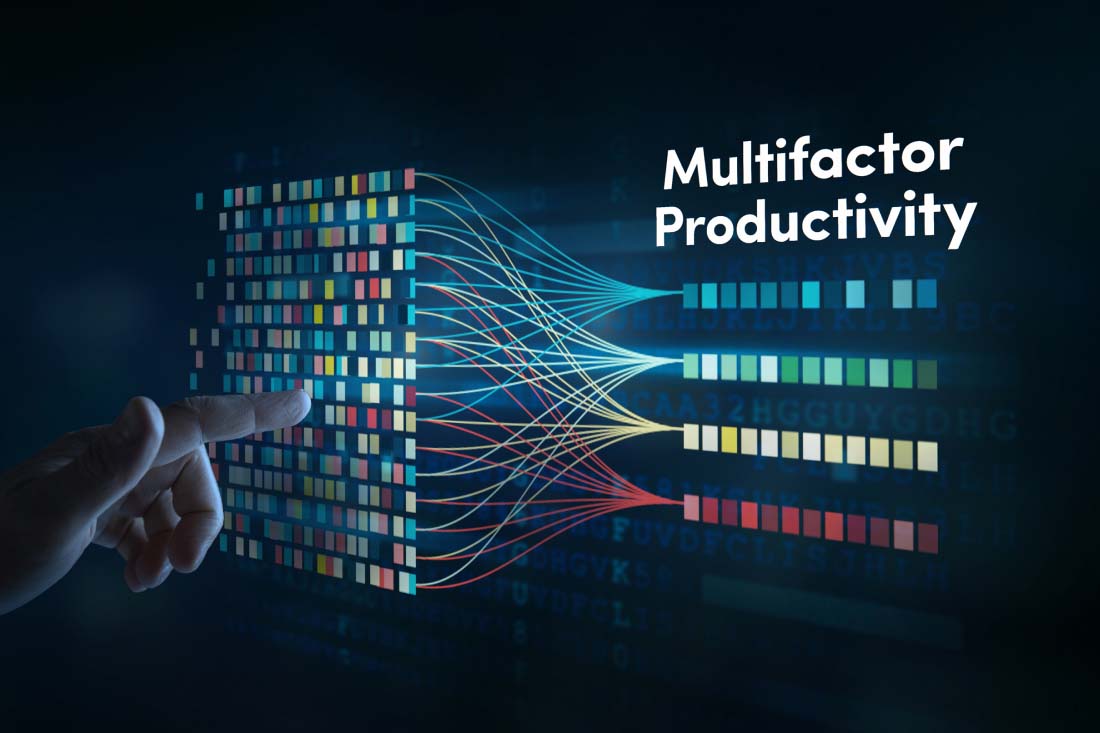Originally published in Forbes.
As CEO of a workforce analytics software company, I read a lot of research and speak with a lot of industry experts about the evolving market dynamics that affect our business. While there are many diverse perspectives on the future of work, one thing is clear: Employee productivity continues to be a major concern and pain point, regardless of how you define and/or measure it.
According to PwC’s 27th Annual Global CEO Survey, CEOs estimate that approximately 40% of the time spent on routine activities such as decision-making meetings and emails is unproductive. Mercer's 2024 Global Talent Trends study highlights similar concerns, with 56% of C-suite executives prioritizing investments in applications to monitor employee productivity, surpassing all other technology categories.
More and more, the person responsible for managing these issues is the chief human resource officer (CHRO).
As CHROs assume the roles of strategy-driving business leaders and C-suite power players, they must address increasingly complex questions about workforce productivity and performance—and the ROI of workforce investments. As Josh Bersin put it so well, “They have to think about their jobs differently . . . not only as an HR function, but also as the whole people operation in the company.”
Managing productivity through time tracking and assessing performance via periodic reviews and feedback are well-established HR practices. However, quantifying the ROI of workforce investments is largely uncharted territory, and many CHROs lack the necessary tools to navigate it effectively.
How do you measure productivity?
The Mercer report cited above says that one reason productivity gains remain so elusive is that traditional “hours-in, widgets-out” measures of productivity do not fully capture the value workers provide. I couldn’t agree more.
In today’s complex work environments, productivity tools need to provide deeper insights that go beyond mere activity tracking to truly understand how work gets done: when employees are most productive, where they are most productive, what applications and technology tools contribute to or detract from peak productivity, etc. What qualifies as productive work for one team may not for another. Organizations must be able to establish and adapt metrics that align with their business needs and measure progress accordingly.
Only then can CHROs make strategic decisions about workforce investments and effectively quantify their impact on business performance.
How do you manage performance?
In Deloitte’s 2024 Global Human Capital Trends survey, 74% of HR leaders say it’s critically important to find better ways to measure worker performance and value, yet only 17% believe their organizations are highly effective at doing so beyond tracking activities or outputs. The Mercer report concurs, noting that many organizations still struggle to harness their full potential due to outdated work practices and metrics that do not capture the real value employees bring to their roles.
Employee engagement, efficiency and focus are crucial to quantifying the ROI of workforce investments. As indicators of high performance, they enable leaders to reinforce positive behaviors and provide targeted support and development when necessary. Understanding technology usage is also essential, with the adoption of AI tools playing an increasingly significant role in discussions about employee productivity.
These quantitative metrics can be combined with more qualitative tools, such as performance reviews and sentiment surveys, to provide a more complete picture of organizational health and well-being.
How do you optimize workforce investments?
According to another Mercer stat, 98% of organizations plan to implement work design changes in 2024, with increased productivity as the primary goal.
Most of these projects will likely require employees to effectively utilize AI to augment their work, despite one-third of U.S. workers currently lacking foundational digital skills, according to National Skills Coalition research. Simply implementing technology won’t solve the problem; organizations must transform the way they work to achieve the desired productivity gains.
To support this transformation, HR leaders need a data-driven approach that enables managers to measure performance and provide continuous feedback to their teams as new technologies are rolled out, processes change and people develop new skills. Only then will HR leaders fully understand the ROI of AI and upskilling investments. And that’s just the beginning; this approach doesn’t account for other strategic investments in hybrid work, office space configuration and additional technologies.
Productivity remains a top priority for CEOs, who increasingly rely on their people leaders to understand how work really gets done, identify areas for improvement and ultimately improve the ROI of workforce investments by linking productivity to business outcomes.





